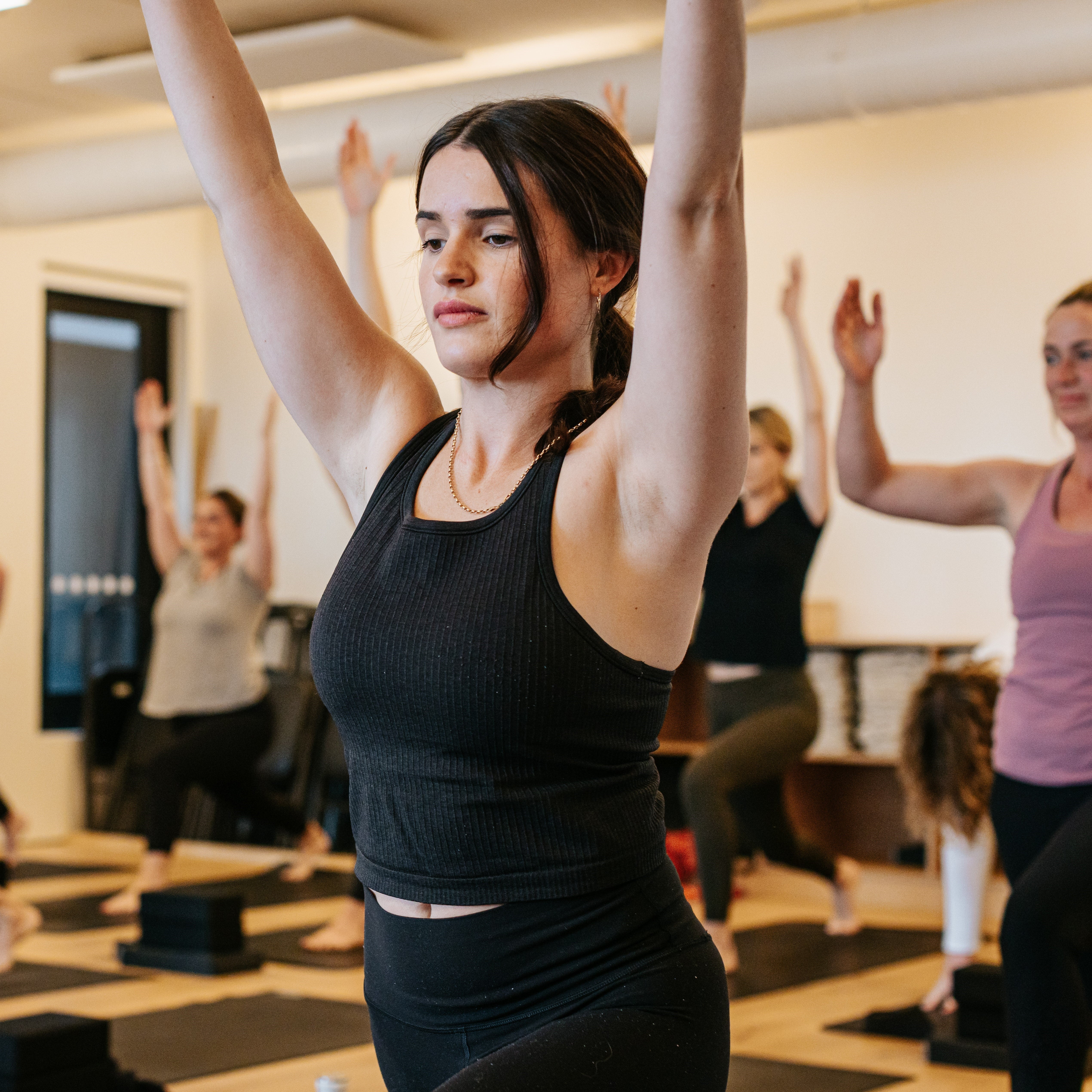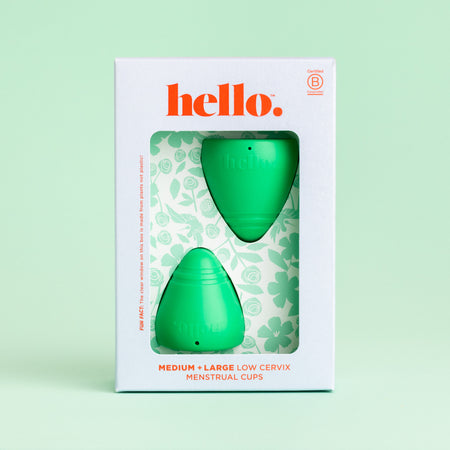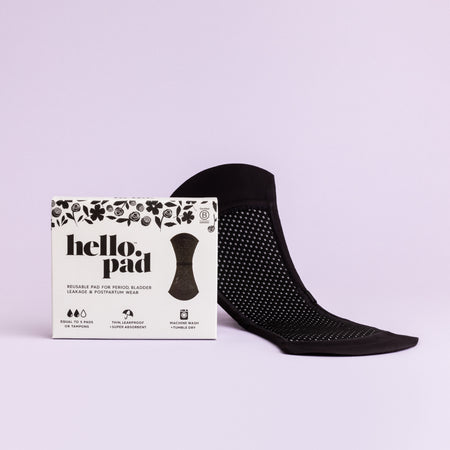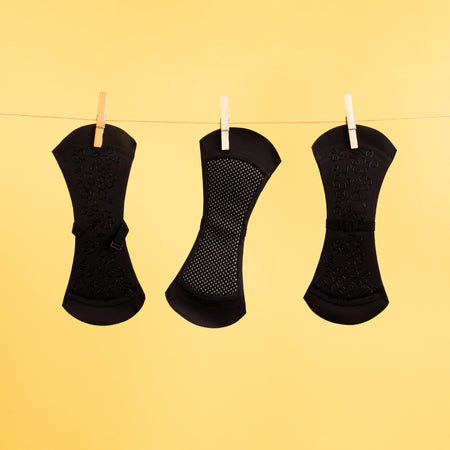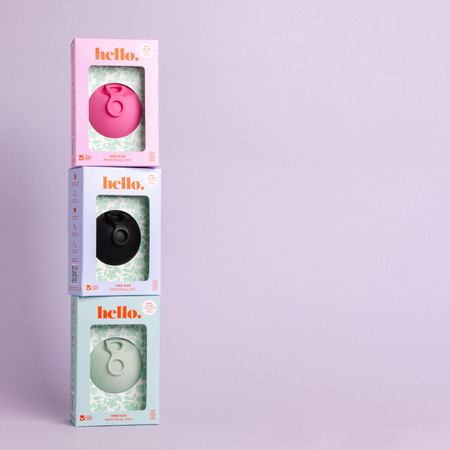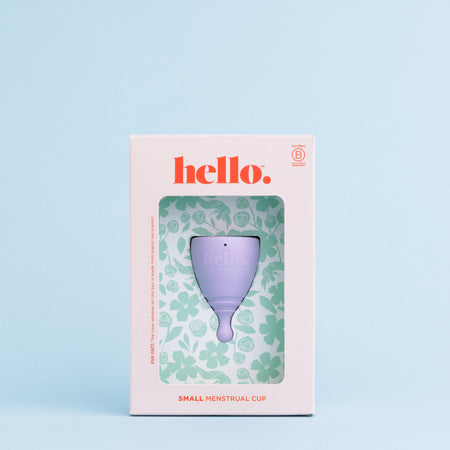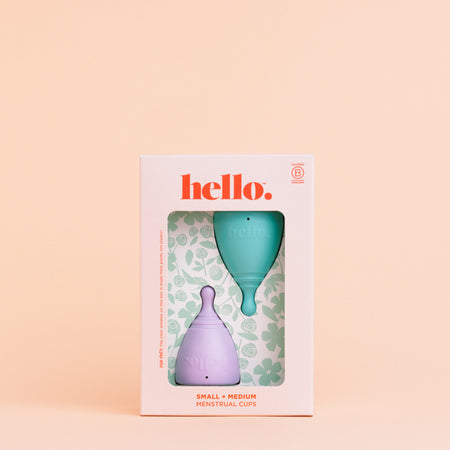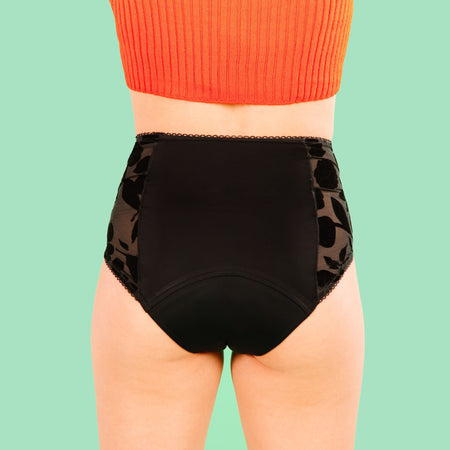When we talk about health and wellness, our pelvic floor muscles usually don’t get the standing ovation they deserve. But let’s change that. Pelvic floor exercises aren’t just for postpartum individuals or those dealing with specific issues—they’re life-changing for anyone with pelvic floor muscles (news flash: that’s everyone).
These exercises are all about strengthening the group of muscles that support our bladder, bowel, and reproductive organs. Our pelvic floor works overtime during pregnancy, post-pregnancy, as we age, and even if we’re parked at a desk all day. The good news? You can give your pelvic floor the love and attention it deserves with targeted exercises that improve bladder control, boost overall core strength, and enhance pelvic health.
Whether you’re a first-timer or looking to freshen up your routine, here’s everything you need to know to get started.
What Exactly is the Pelvic Floor?
Pelvic floor is a hammock of muscles stretched like safety netting from your pubic bone to your tailbone. It holds up key players like your bladder, uterus (if you have one), bowel, and rectum, keeping them in place and functioning properly. These muscles are the unsung heroes in preventing leaks, supporting posture, and even improving sexual function.
If life's major (or minor) milestones—like pregnancy, childbirth, menopause, or simply getting older—have affected these muscles, don’t fret. Pelvic floor exercises can help restore strength, stability, and function. And the best part? It’s never too late to start.
Why Should You Do Pelvic Floor Exercises?
Pelvic floor exercises, often overlooked, offer a wide range of benefits that can significantly enhance your quality of life. These simple yet effective exercises do much more than prevent awkward leaks—though that alone is a game-changer. Here’s why strengthening your pelvic floor muscles is essential:
1. Better Bladder and Bowel Control
If you’ve ever experienced accidental leakage when coughing, sneezing, laughing, or jumping, you’re not alone. These leaks happen when the pelvic floor muscles, which support your bladder and bowel, are weakened. Regular pelvic floor exercises help tighten and strengthen these muscles, allowing you to regain control and reduce or even eliminate the risk of embarrassing leaks or accidents. For those with conditions like urinary incontinence or fecal incontinence, pelvic floor exercises can be a life-changing, non-invasive solution.
2. Enhanced Core Strength and Stability
Your pelvic floor is a key part of your core, working together with your abdominal and back muscles to provide strength, balance, and stability. A strong pelvic floor can help you move more confidently through daily life, whether you’re mastering a challenging yoga pose, lifting heavy objects like groceries, or simply maintaining good posture. It’s especially important for athletes or anyone engaged in physical activities, as it reduces the risk of injury and enhances overall performance.
3. Improved Sexual Wellness
Yes, pelvic floor exercises can improve your s3x life. Stronger pelvic floor muscles can lead to increased sexual sensation, better arousal, and more intense orgasms for both men and women. For women, these exercises can also help reduce discomfort during intercourse that may be caused by weak or tight pelvic floor muscles. For men, they can help with erectile function and prevent issues like premature ejaculation. A healthy pelvic floor means a more satisfying, confident sexual experience.
4. Support During and After Pregnancy
For women, pregnancy and childbirth put immense pressure on the pelvic floor, often leading to muscle weakness or damage. Strengthening the pelvic floor during pregnancy can help support the growing baby, reduce the risk of complications during labor, and prevent common postpartum issues like incontinence or pelvic organ prolapse. Post-pregnancy, these exercises are essential for recovery and rebuilding your core strength.
5. Prevention of Pelvic Organ Prolapse
Pelvic organ prolapse occurs when weakened pelvic floor muscles allow organs like the bladder, uterus, or bowel to shift downward, leading to discomfort and other complications. Pelvic floor exercises are a proactive way to avoid this condition by keeping those muscles strong and supportive.
6. Improved Quality of Life at Every Stage
Pelvic floor exercises benefit people of all ages—not just new moms or those experiencing leaks. As we age, muscle strength naturally declines, and the pelvic floor is no exception. Regularly practicing these exercises can help maintain your independence and prevent common age-related issues like incontinence or reduced mobility.
How to Practice Common Pelvic Floor Exercises
Don’t worry if this is all new territory. These exercises are simple, beginner-friendly, and can be done sitting, standing, or lying down. Here are nine to get you started.
1. Kegel Exercises
The gold standard of pelvic floor exercises.
-
Pretend you’re trying to stop the flow of urine midstream (but don’t actually practice these while peeing).
-
Squeeze the same muscles and hold for five seconds.
-
Relax completely for five seconds. Repeat 10 times.
2. Squats
Function meets fitness. Squats are fantastic for your pelvic floor and your booty.
-
Stand with your feet shoulder-width apart.
-
Lower yourself as if sitting into a chair, keeping your back straight and chest lifted.
-
Push through your heels to return to standing. Aim for 10–15 reps.
3. Bridges
Bridges not only target your pelvic floor but also work wonders for your glutes.
-
Lie on your back with your knees bent and feet flat on the floor.
-
Lift your hips toward the ceiling while squeezing your pelvic floor muscles.
-
Lower back down slowly. Do 10–15 reps.
4. Pelvic Tilts
Subtle but mighty for pelvic floor engagement.
-
Lie on your back with your knees bent and feet flat.
-
Gently press your lower back into the floor as you tilt your pelvis upward.
-
Hold for a few seconds before relaxing. Repeat 10 times.
5. Butterfly Stretches
Relieve tension and engage your pelvic muscles.
-
Sit on the floor with the soles of your feet together and knees wide apart.
-
Lean slightly forward while keeping your back straight. Hold for 20–30 seconds.
6. Heel Slides
A low-impact way to strengthen your pelvic floor.
-
Lie on your back with your knees bent and feet flat.
-
Slide one heel out straight, then return to the starting position. Alternate legs for 10 reps on each side.
7. Marches (Toe Taps)
Gentle yet effective exercises for the pelvic floor.
-
Lie on your back with legs bent at 90 degrees.
-
Lower one foot to gently tap the ground, then return. Alternate legs for 10–15 reps.
8. Long Holds for Strength
Want to focus on endurance? This is one of the best pelvic floor exercises.
-
Squeeze your pelvic floor muscles and hold for 10 seconds.
-
Release completely, and rest for 5 seconds before repeating 10 times.
9. Quick Squeezes for Power
Speed things up to target quick reflexes.
-
Squeeze and release your pelvic floor muscles as quickly as possible.
-
Try 10–15 repetitions at a time.
How Often Should You Exercise Your Pelvic Floor?
The key to success is consistency. Try to do your pelvic floor exercises three times a day—a mix of long holds, quick squeezes, and other dynamic moves. Don’t stress if you forget one session, but the more regular you are, the sooner you’ll see results.
Most people notice improvement after 4–6 weeks of consistent practice.
Key Tips for Safe and Effective Practice
To get the best from your pelvic floor exercise routine, remember these tips:
-
Stop smoking: Chronic coughing can weaken pelvic floor muscles.
-
Cut down on caffeine and alcohol: These can irritate your bladder.
-
Stay hydrated: Water is your best friend.
-
Eat for health: A balanced diet reduces constipation, which can strain your pelvic floor.
-
Avoid excessive lifting: Always engage your pelvic floor when lifting.
-
Use safe menstrual products: Look into menstrual cups that are safe for pelvic floor health, like those from Hello Period.
Hello Period: Your Partner in Pelvic Health and Comfort
At Hello Period, we’re more than just a brand—we’re a movement towards better health and empowerment. Our thoughtfully designed menstrual cups are safe, comfortable, and crafted with your body in mind. Pairing safe menstrual products with pelvic floor awareness is a winning combo for long-term health.
FAQs
What happens if you over-train your pelvic floor?
Overworking your pelvic floor muscles can lead to tightness, discomfort, or even pain in the pelvic region. This can result in symptoms such as difficulty relaxing the muscles, tension during daily activities, or discomfort during urination or bowel movements. Over-training may also cause imbalances, potentially leading to issues like pelvic pain or reduced muscle function over time. To avoid this, ensure you allow adequate recovery between sessions and include relaxation or stretching exercises for your pelvic floor in your routine. If you experience persistent pain or discomfort, consult a pelvic health physiotherapist for personalized advice.
What are the symptoms of a weak pelvic floor?
A weak pelvic floor may present with symptoms such as urinary leakage when sneezing, coughing, laughing, or exercising. You might also feel a dragging or heavy sensation in the pelvic area, have difficulty controlling gas or bowel movements, or experience frequent or urgent trips to the bathroom. In some cases, women may notice symptoms of prolapse, such as a bulging sensation in the vagina. Weak pelvic floor muscles can also affect core stability, posture, and sexual function. If you identify these symptoms, pelvic floor strengthening exercises, like Kegels, can help. For severe or persistent symptoms, consult a healthcare professional.
How do you know if you’re doing Kegels correctly?
When performing Kegels, you should feel your pelvic floor muscles lift and tighten, as though you’re trying to stop the flow of urine or hold in gas. It’s important to isolate these muscles without engaging your thighs, buttocks, or abdominal muscles. If you’re unsure whether you’re targeting the right muscles, place a hand on your lower abdomen—this area should remain relaxed. To ensure proper technique, consider consulting a pelvic health physiotherapist. They can provide feedback, guide you through exercises, and offer tailored advice to strengthen your pelvic floor effectively.
Can men also benefit from these exercises?
Absolutely! Men have pelvic floor muscles too, and strengthening them can provide a wide range of benefits. Pelvic floor exercises can help improve bladder and bowel control, reduce the risk of incontinence, and support recovery after prostate surgery. Additionally, they can enhance core stability, improve posture, and even aid in sexual health by improving erectile function and control over ejaculation. Regardless of gender, a strong pelvic floor plays a key role in overall health and well-being. If you’re unsure how to get started, a pelvic health physiotherapist can help guide you.
Wrapping It Up
Your pelvic floor is a powerhouse—so treat it like one. With just a few minutes a day, you can improve its strength, stability, and function, and experience life-changing benefits. Start today, and if you’re ready to explore products that support your health, our team at Hello Period is here to help.
Because strong pelvic floors deserve the best care.
